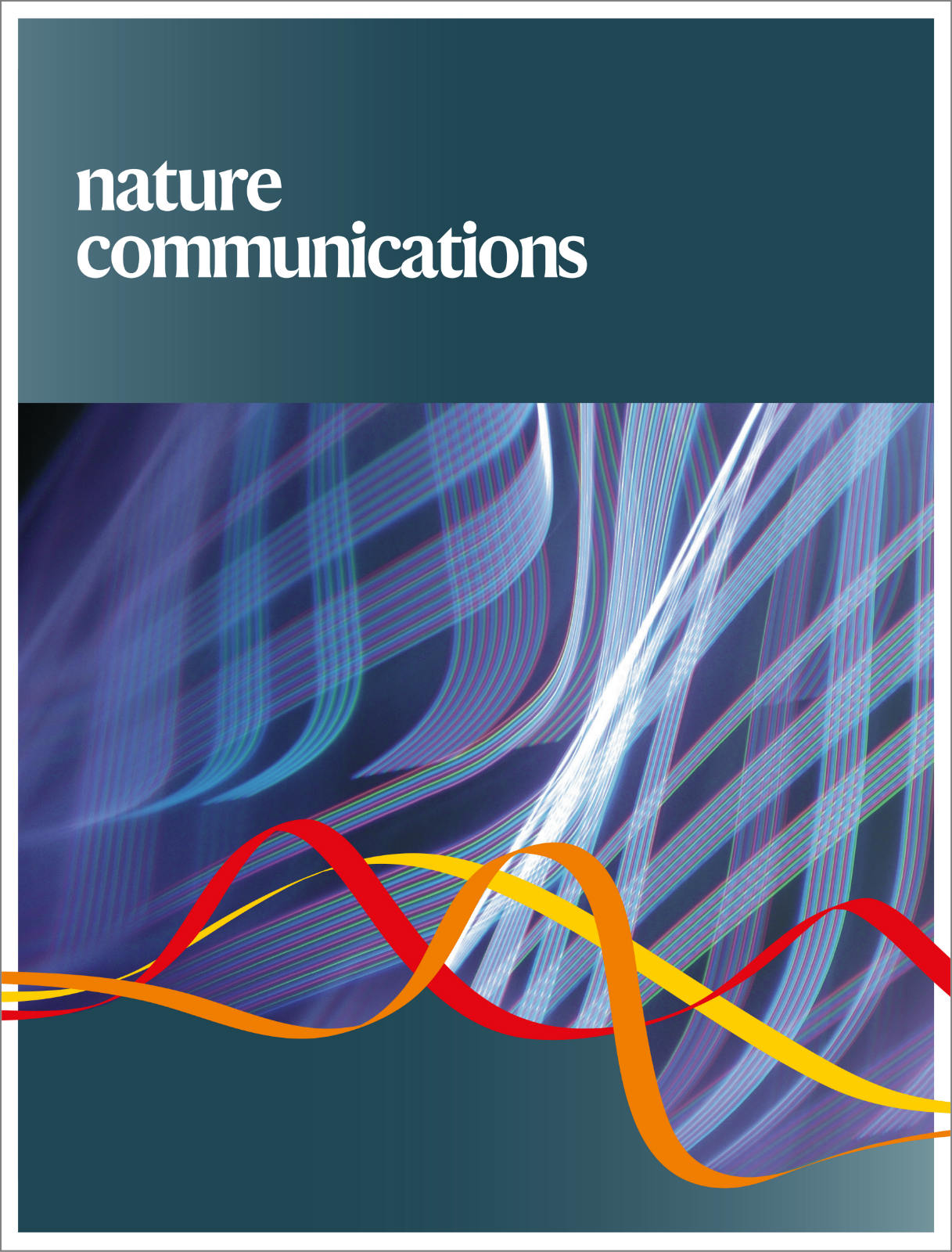以机器学习为导向的pyrolyyl - trna合成酶的进化,以提高各种非规范氨基酸的结合效率。
IF 14.7
1区 综合性期刊
Q1 MULTIDISCIPLINARY SCIENCES
引用次数: 0
摘要
pyrolyyl - trna合成酶(PylRS)被广泛用于将非规范氨基酸(ncAAs)整合到蛋白质中。然而,由于PylRS变异的活性有限,大多数含ncaa的蛋白的产量仍然很低。在这里,我们应用机器学习来设计PylRS的trna结合域。FFT-PLSR模型首先用于探索12个单突变的成对组合,产生一个Com1-IFRS变体,其停止密码子抑制(SCS)效率提高了11倍。然后使用深度学习模型ESM-1v、Mutcompute和ProRefiner来识别其他突变位点。在这些位点上应用FFT-PLSR会产生Com2-IFRS变体,显示SCS效率提高30.8倍,催化效率(kcat/KmtRNA)提高7.8倍。将这些突变移植到7种pylrs衍生的合成酶中,可以显著提高含有6种ncaa的蛋白质的产量。本文提出了改进的PylRS变体和优化酶活性的机器学习框架。本文章由计算机程序翻译,如有差异,请以英文原文为准。
Machine learning-guided evolution of pyrrolysyl-tRNA synthetase for improved incorporation efficiency of diverse noncanonical amino acids.
The pyrrolysyl-tRNA synthetase (PylRS) is widely used to incorporate noncanonical amino acids (ncAAs) into proteins. However, the yields of most ncAA-containing protein remain low due to the limited activity of PylRS variants. Here, we apply machine learning to engineer the tRNA-binding domain of PylRS. The FFT-PLSR model is first applied to explore pairwise combinations of 12 single mutations, generating a variant Com1-IFRS with an 11-fold increase in stop codon suppression (SCS) efficiency. Deep learning models ESM-1v, Mutcompute, and ProRefiner are then used to identify additional mutation sites. Applying FFT-PLSR on these sites yields a variant Com2-IFRS showing a 30.8-fold increase in SCS efficiency, and up to 7.8-fold improvement in the catalytic efficiency (kcat/KmtRNA). Transplanting these mutations into 7 PylRS-derived synthetases significantly improves the yields of proteins containing 6 types of ncAAs. This paper presents improved PylRS variants and a machine learning framework for optimizing the enzyme activity.
求助全文
通过发布文献求助,成功后即可免费获取论文全文。
去求助
来源期刊

Nature Communications
Biological Science Disciplines-
CiteScore
24.90
自引率
2.40%
发文量
6928
审稿时长
3.7 months
期刊介绍:
Nature Communications, an open-access journal, publishes high-quality research spanning all areas of the natural sciences. Papers featured in the journal showcase significant advances relevant to specialists in each respective field. With a 2-year impact factor of 16.6 (2022) and a median time of 8 days from submission to the first editorial decision, Nature Communications is committed to rapid dissemination of research findings. As a multidisciplinary journal, it welcomes contributions from biological, health, physical, chemical, Earth, social, mathematical, applied, and engineering sciences, aiming to highlight important breakthroughs within each domain.
 求助内容:
求助内容: 应助结果提醒方式:
应助结果提醒方式:


